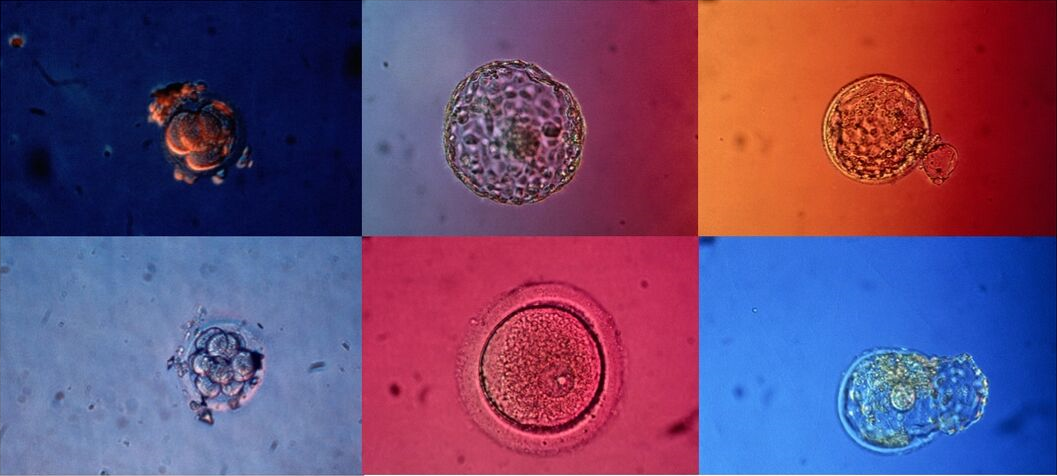At the beginning of December, we kept up our tradition of attending the Progress Educational Trust’s (PET) annual conference. The title and topic of this year’s online event was ‘Reproducing Regulation: Who Regulates Fertility and How?’ With 16 talks across the full day, I have chosen just a handful here that I thought were particularly pertinent to the issues that we consider in our research.
The first speaker of the day was Julia Chain, chair of the Human and Embryology Authority, who had made headlines in the run-up to the conference with her call for changes to the 1990 Human Fertility and Embryology Act. Her proposed changes would enable the HFEA to impose economic sanctions on fertility clinics that mis-sell unproven treatment add-ons. While she emphasised that her call was not a complete rejection of the current regulatory framework, she highlighted the need to update certain areas of the act to reflect the current state of society and the fertility sector. Currently, she noted, the HFEA has no powers to regulate the increasingly commercialised provision of services. Private fertility treatment is increasingly the norm in the UK, with 65% of IVF treatment being self-funded by patients themselves.
Reflecting on the commercialised fertility sector, Raj Mathur from the British Fertility Society brought attention to questions of fairness and equity and the lack of NHS funding for fertility treatment. Many prospective patients, he reminded us, do not have any access to IVF and when they do, affordability is a huge cause of concern. Mathur spoke about the challenges for patients who have to navigate very complex regulations around the provision of funding, before they even reach the point of having to choose between different treatment offerings.
A significant challenge to regulating the fertility sector is the fast pace of innovation. In her talk entitled ‘What is an add-on, and who gets to decide?’ Anja Bisgaard Pinborg, a specialist in reproductive medicine at Copenhagen University, detailed the difficulties of regulating add-ons safely without stifling the progress of medical research. She explained how the European Society of Human Reproduction and Embryology (ESHRE) is working on a new guideline for regulating add-ons. This guideline includes a very extensive range of tests, treatments and techniques, which reflects the vast and complex offerings of the fertility sector. While Bisgaard Pinborg recognised the obligation of clinics to offer the best treatment to their patients and the strong desires that patients may have to try certain (perhaps more experimental) treatments, she also highlighted that patients should never bear the cost of innovation. Patients, she argued, should not pay for add-ons that are still under development. How fertility patients and professionals navigate the complex world of IVF add-ons is something we have covered extensively in our research publications, workshops and in this blog post on how to best support patients’ informed decisions.
Further examples of how the law and regulation lag behind change were raised by Emily Jackson later in the day. Jackson set out how definitions of ‘mother’ in UK fertility law do not easily apply to the new social and family formations that are enabled though reproductive technologies. Currently, the legal definition of mother is defined in terms of who physically gives birth to a child. One of the examples presented by Jackson involved the case of a child that has two female parents at birth. In this case, the person who gives birth is the mother and the partner is the second legal parent. This is also the case when the partner’s egg was used in the IVF treatment. Interestingly in this case, as Jackson pointed out, the second parent is actually the child’s closer genetic relation. Fatherhood on the other hand, is expressed in both genetic and social terms, which allows for greater flexibility and choice in how fatherhood is defined.
Again, this year’s PET conference succeeded in traversing a wide range of perspectives on the most pressing issues confronting the fertility sector right now.
